
Using a Required Textbook? Here’s How to Integrate CI Strategies
Making CI Work with a Traditional Textbook
New school, new team, same goal: help students succeed and love Spanish. I’ve found a way to blend comprehensible input with our required textbook—without falling behind or sacrificing key grammar and vocab. Storytelling, shared writing, re-reading games, and creative performance tasks have made it all click.
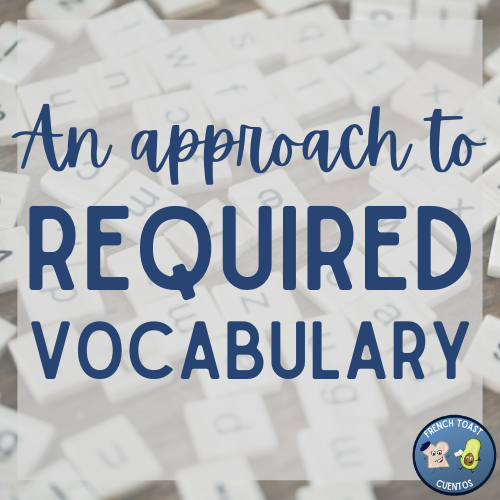
An approach to required vocabulary
Flipping Vocabulary for More Input (and Less Stress)
This year, I’ve revamped how I teach vocabulary—blending storytelling, grammar, and vocabulary lists with a flipped classroom approach. Students complete Gimkit homework before taking weekly quizzes, freeing up class time for more input-rich activities. It’s worked so well, I’m now using it with my 8th graders, too.

Top tips to make sub plans easier
Writing sub plans can be a difficult and time consuming process when all you want to do is rest. We’re bringing you some of our top tips to make writing sub plans easier and faster and get you back to bed sooner.
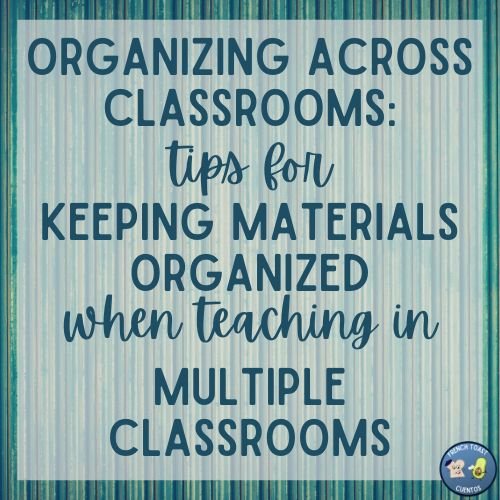
Organizing Across Classrooms: Tips for Keeping Materials Organized When Teaching in Multiple Spaces
When teaching in multiple classrooms and multiple schools it can be a challenge to stay organized. In this post I discuss how I am keeping my students’ materials organized in my different classrooms.
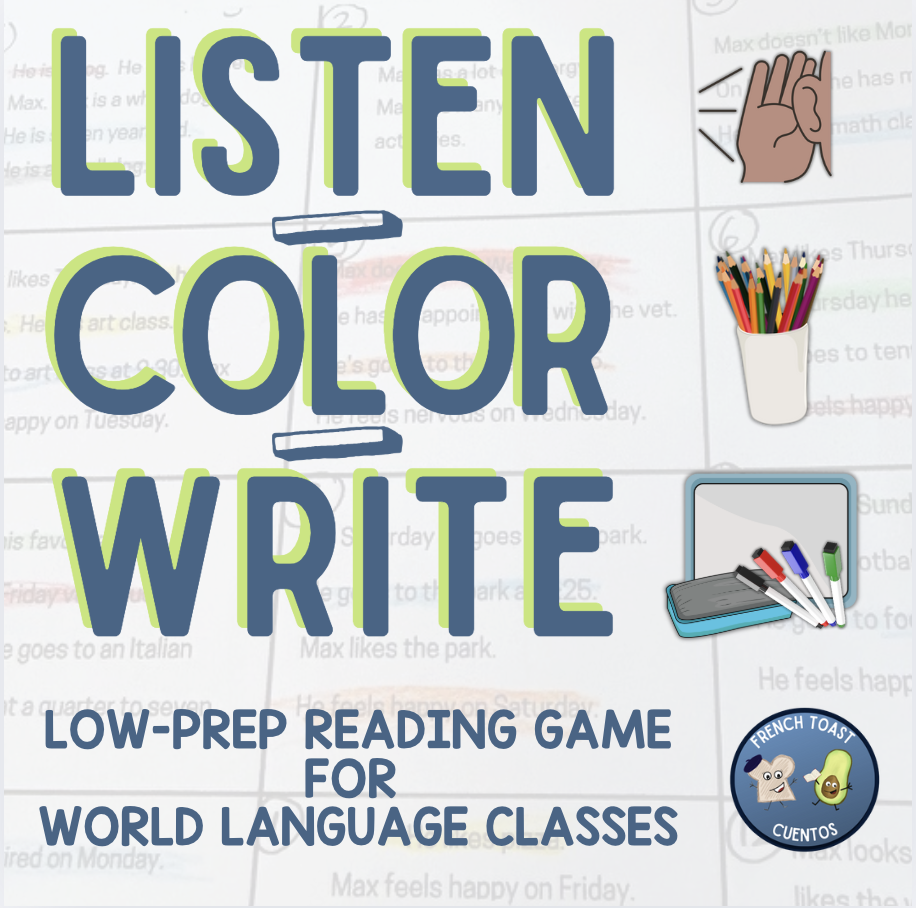
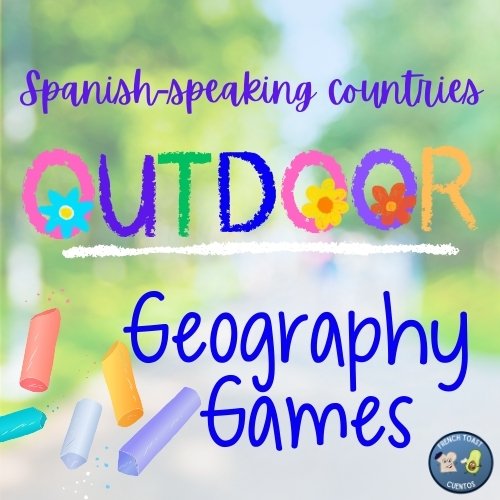
Outdoor Geography Games for Spanish Class
When it's hot and motivation is low, take learning outside! My students use sidewalk chalk to draw giant regional maps of the Spanish-speaking world—then compete in fast-paced games that bring geography to life. It’s active, memorable, and the perfect end-of-year refresh.
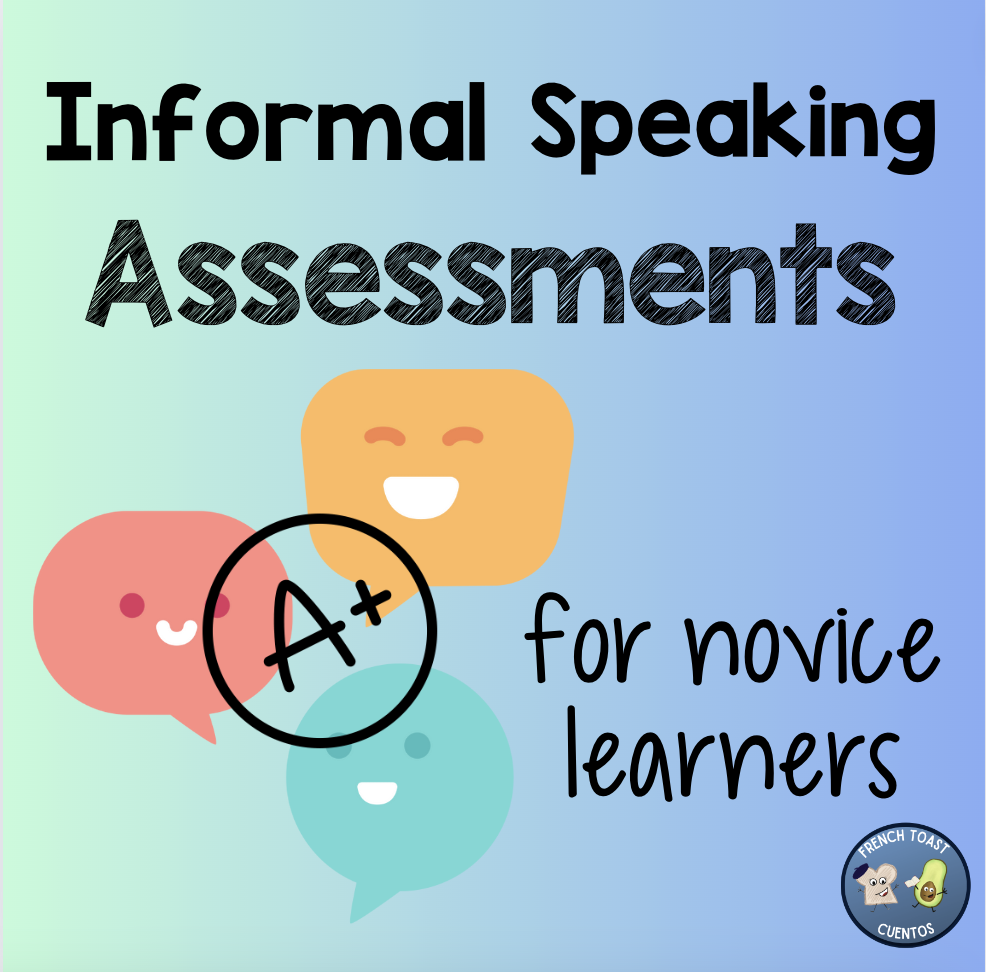
Informal Speaking Assessments for Novice Learners
Should We Grade Speaking at the Novice Level?
I used to avoid novice speaking assessments to keep anxiety low—but I started to wonder if I was missing a chance to build confidence. By making speaking low-stakes and playful for most of the year, then gradually adding informal assessments, students wanted to communicate. The result? More joy, more risk-taking, and real growth.

Simplify your grading with these four tips
Grading student work is one of those tasks that always seems to pile up, doesn't it? I often find myself putting it off, only to end up with a mountain of assignments to tackle. I'd much rather spend my time creating new materials and activities for my students. Over the years, I've found some strategies that have helped me simplify and speed up the grading process. Here are five tips that might help you streamline your grading too.
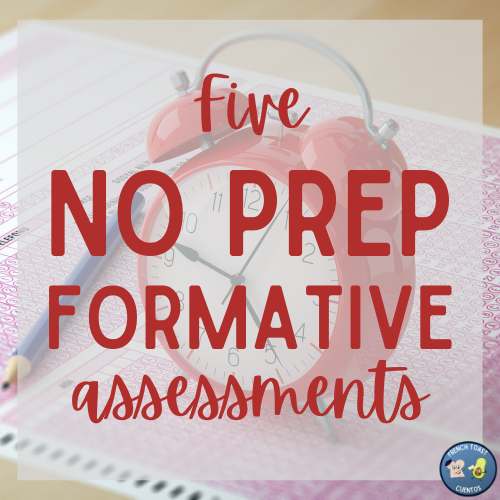
Five NO PREP formative assessment activities
Assessing doesn’t have to mean hours of grading! These five quick, no-prep formative assessments—like Listen & Draw, 2 Truths & a Lie, and Read & Translate—give you instant insight into student understanding while keeping class fun and low-stress.
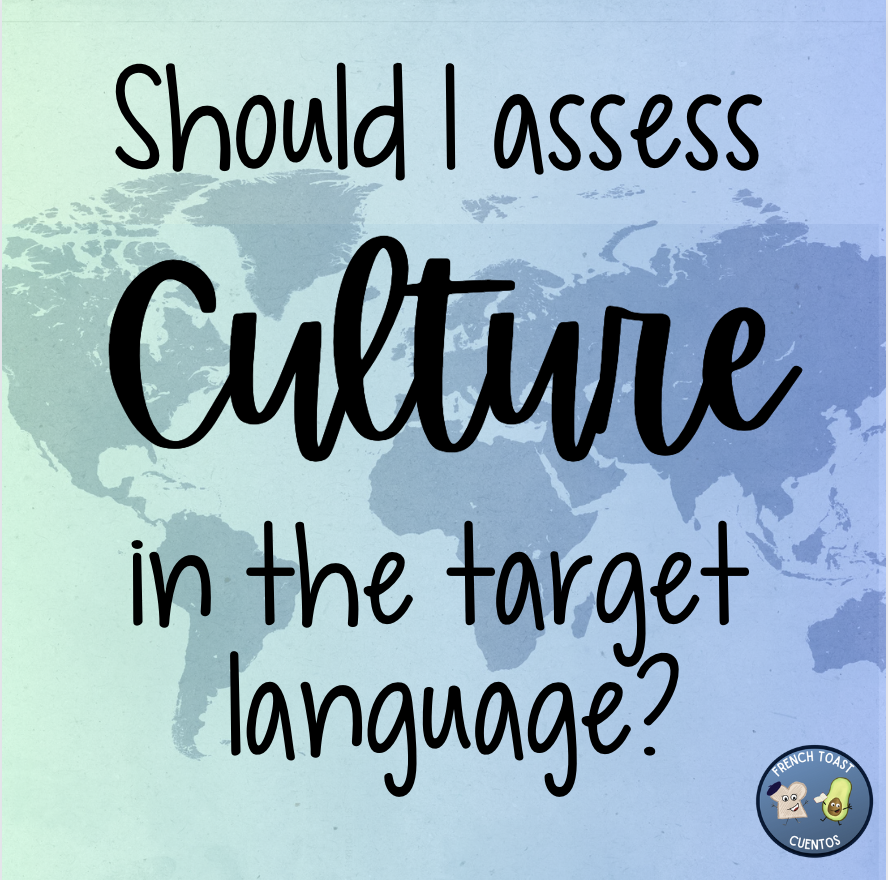
Should I Assess Culture in the Target Language?
Not always—and that’s okay. While we aim to maximize TL use, deep cultural reflection often requires the clarity of a student’s first language. I use a hybrid approach: Spanish for products and practices, English for perspectives. The result? More meaningful connections, better empathy, and stronger intercultural skills.

Assessment in a CI Classroom
“But, I don’t know French!”
I used to hear this from students ALL. THE. TIME. especially during a test. I felt so frustrated because that was what all of the flashcards and worksheets were supposed to be adding up to - actually getting to use the language. This is where Acquisition-Driven Instruction, Comprehensible Input, and aligning my assessments to my goals for students came into the picture. Today, my assessments are task-based and reflect how I teach and how I want my students to be able to use the language.
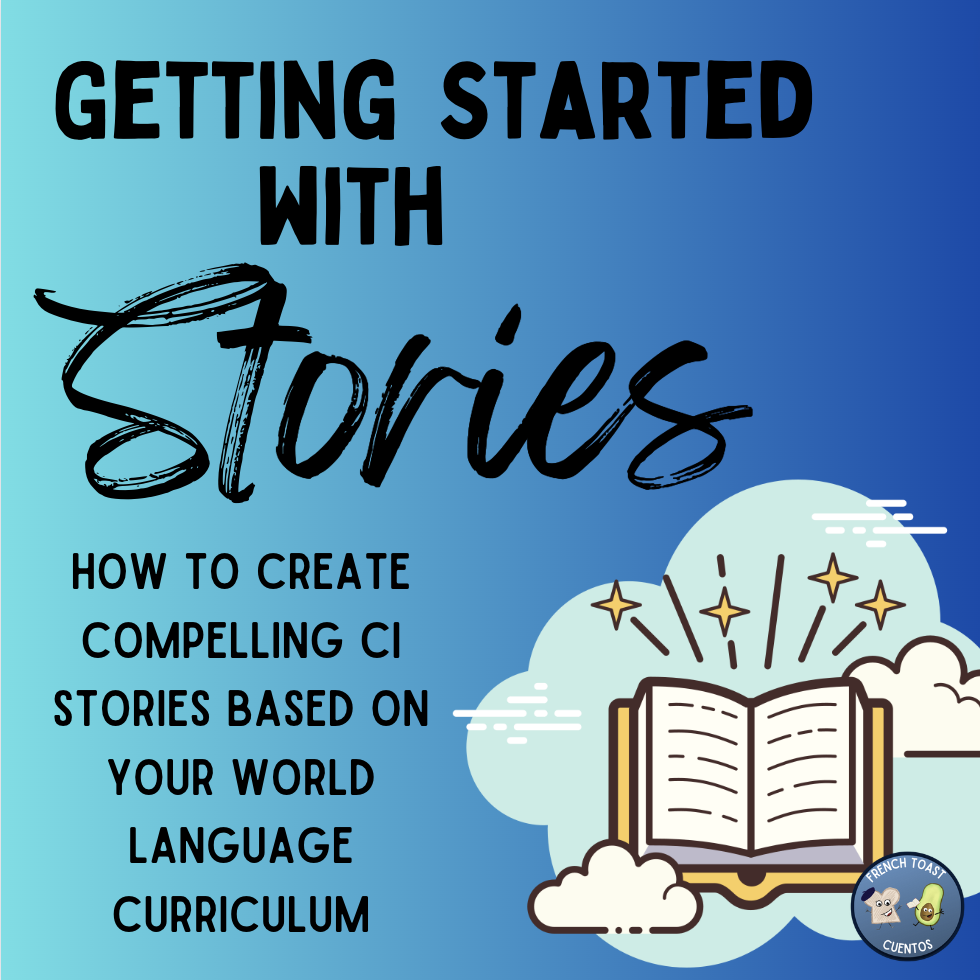
Getting Started with Stories: How to Create Compelling CI Stories Based on your World Language Curriculum
Want to Start Storytelling with CI—But Have a Required Curriculum?
Good news: you can do both! This post offers five easy strategies for weaving compelling, vocabulary-rich stories into your existing units. From anchor charts and cliffhangers to re-reading games and animated slides, these ideas keep students engaged while reinforcing key grammar and vocab naturally—no major overhaul needed.
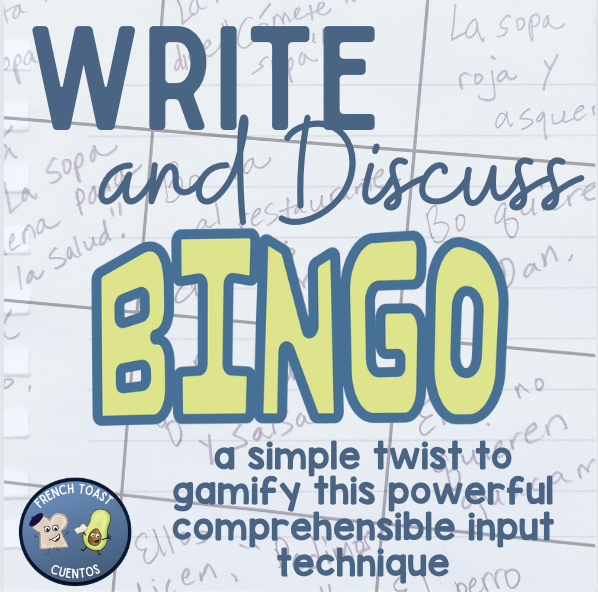
A Simple Twist to Gamify “Write and Discuss”
Write and Discuss is our favorite low-prep CI strategy—it’s quick, effective, and easy to implement in Spanish or French classes. Students help create 3–5 sentences using target language structures, then read and analyze them together. Want to boost engagement? Try our Write and Discuss Bingo twist to make it fun and keep kids engaged.
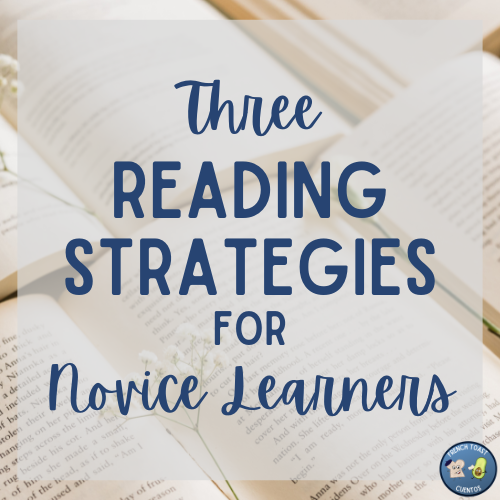
How to: 3 Reading Strategies for Novices
I always struggle with how to get my novice learners reading with texts they can comprehend. Here are my top three reading strategies that I use with my Novice Elementary and Middle School students.
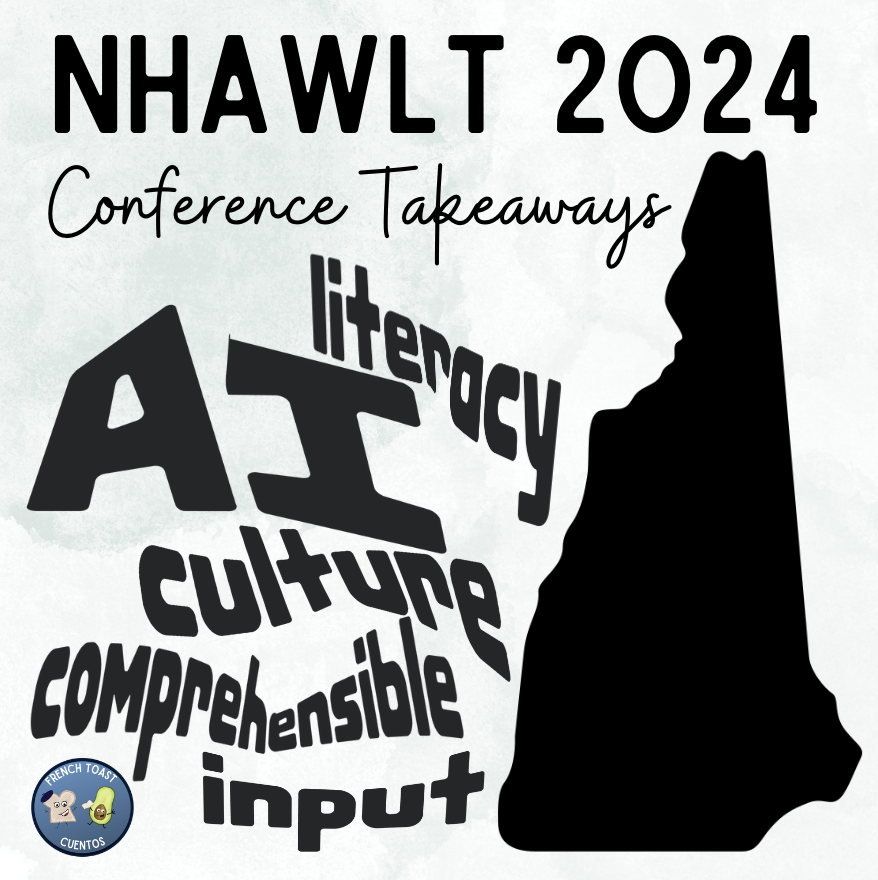

How to: Teach Verb Conjugation using TPR
How to use gestures to support comprehension in a CI classroom. See many of the gestures I use in my classroom to support student learning.
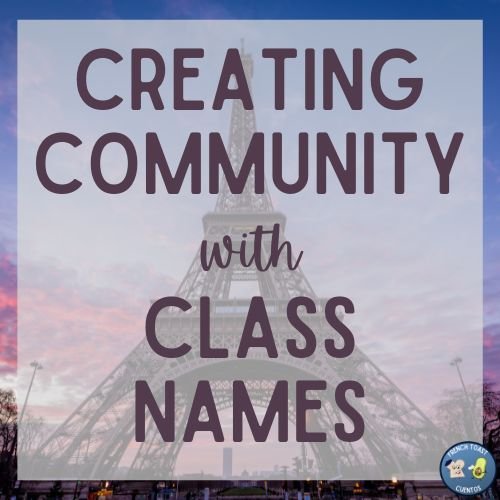
Creating Community with Class Names
Learn how you can create class community and build connections to the target culture by giving your classes class names

How to : Use gestures to support comprehension
How to use gestures to support comprehension in a CI classroom. See many of the gestures I use in my classroom to support student learning.

How to Engage Students with Scholastic Magazines in Spanish Class
Spanish sub plans, Scholastic magazine graphic organizer

Categories
- Assessment 3
- Chat Mats 1
- Classroom Set-up 8
- Classroom management 2
- Community Building 2
- Comprehensible Input 32
- Culture 17
- Día de los Muertos 1
- Encouragement 1
- Flipped Running Dictation 1
- Games 19
- Grammar 1
- Holidays 4
- How to 5
- Lessons 4
- Movie Talks 1
- No Prep 2
- October Classroom Ideas 2
- Organization 1
- Planning 1
- Reading 20
- Resource Round Up 1
- Review 1
- Speaking 3
- Stories 1
- Sub Plans 6
- Technology 2
- Thanksgiving 1
- Using a Required Textbook 1
- Vocabulary Activities 2
- behavior management 2
- classroom community building 4
- teacher sanity 2
